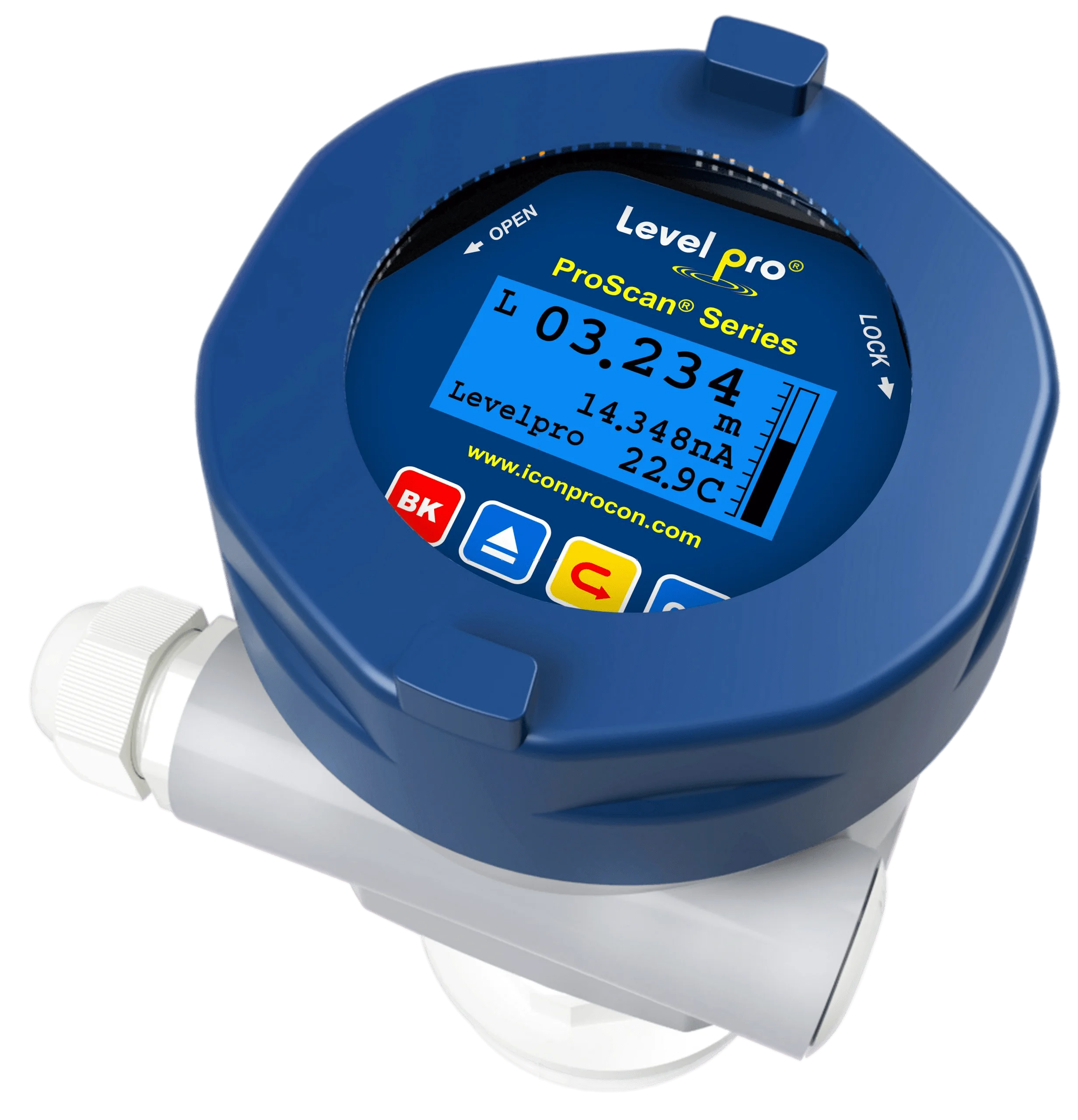Why You Need To Consider The New 80G Radar Tank Level Sensor

In tanks and other containers, the level of liquids and solids can be measured with the use of radar level sensors. The frequency of operation is one of the primary distinctions between the older radar level sensors, which operated at 26GHz, and the newer sensors, which operate at 80GHz. Technology has progressed over time.
Compared to the modern 80GHz radar level sensors, the older 26GHz radar level sensors operate at a lower frequency, which is 26GHz. Because of the lower frequency of the 26GHz sensors, the resulting longer wavelength gives them the ability to see through blockages in the tank such as dust, mist, and other impurities. However, because of the longer wavelength, the signal is also more prone to interference from other sources, such as metal or other radar signals. This can have a negative impact on the accuracy of the measurement.
On the other hand, in comparison to sensors that function at 26GHz, radar level sensors that work at 80GHz operate at a greater frequency. Because of the higher frequency, the signal has a shorter wavelength, which makes it more difficult for it to pass through the vapor, dust, and other impediments that are present in the tank. The fact that the signal is less vulnerable to interference from other sources as a result of the shorter wavelength also means that the precision of the measurement can be improved.
The beam width is another aspect that is different between the older radar level sensors and the newer ones. Because the beam width of 26GHz radar level sensors is often broader, measurement errors may occur as a result of reflections from the sidewalls of the tank. The beam width of radar level sensors that operate at 80 GHz, on the other hand, is often narrower. This lowers the impact of reflections and increases the accuracy of the measurement.
In addition, radar level sensors that operate at 80 GHz typically have a higher resolution and are more exact in measurement. This is significant for applications that require a high level of accuracy as well as for detecting materials that are either small or have a low dielectric constant.
In conclusion, the frequency of operation is the primary distinction between the older radar level sensors that operate at 26GHz and the newer ones that operate at 80GHz. In comparison to their 26GHz predecessors, the radar level sensors operating at 80GHz offer improved precision, lower susceptibility to interference, and a higher resolution. However, the 80GHz sensors have a lower capability of penetrating through the tank’s obstacles, such as dust, mist, and other substances. The precise nature of the application and the surroundings in which the sensor will operate will guide the selection of the appropriate technological approach.


